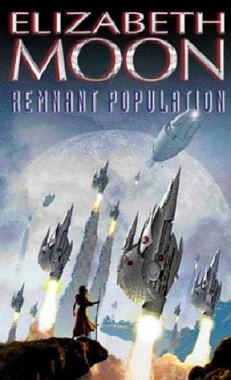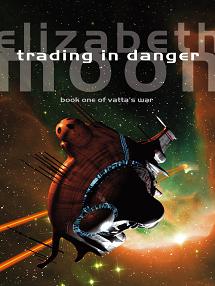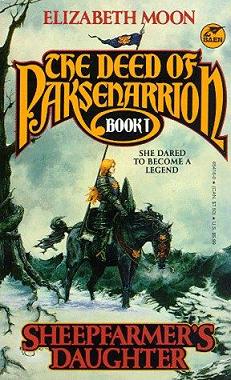
Remnant Population
Elizabeth Moon
360 pages
published in 1996
Elizabeth Moon is a writer I didn’t pay much attention to until a year or two ago. I’d read one or two of her books and they were competently written military science fiction, better written than those of a David Weber or John Ringo, but nowhere near as good as Lois McMaster Bujold’s. When I decided I needed to read more female science fiction writers, Moon was one of the writers I was giving a second chance. Since then I’ve read roughly half a dozen or so of her novels and my initial impression of her has remained roughly the same. She’s a better writer than she needs to be to sell the sort of stories she usually writes and there’s a bit of hidden depth in her mil-sf stories that’s missing from many of her colleagues, that hint at a greater potential. Yet she seems content to keep on writing the same sort of adventure science fiction and fantasy.
Not always though. On two occasions Moon has attempted to write something else than military science fiction, something more ambitious. The most well known of these two novels is of course her Nebula and Arthur C. Clarke winning 2002 novel, Speed of Dark. The other one is Remnant Population, which is a novel about First Contact, between the hitherto unknown indigenous population of an alien planet and the last remaining inhabitant of a failed human colony. As such, it’s a good case study of Moon’s strengths and weaknesses.

